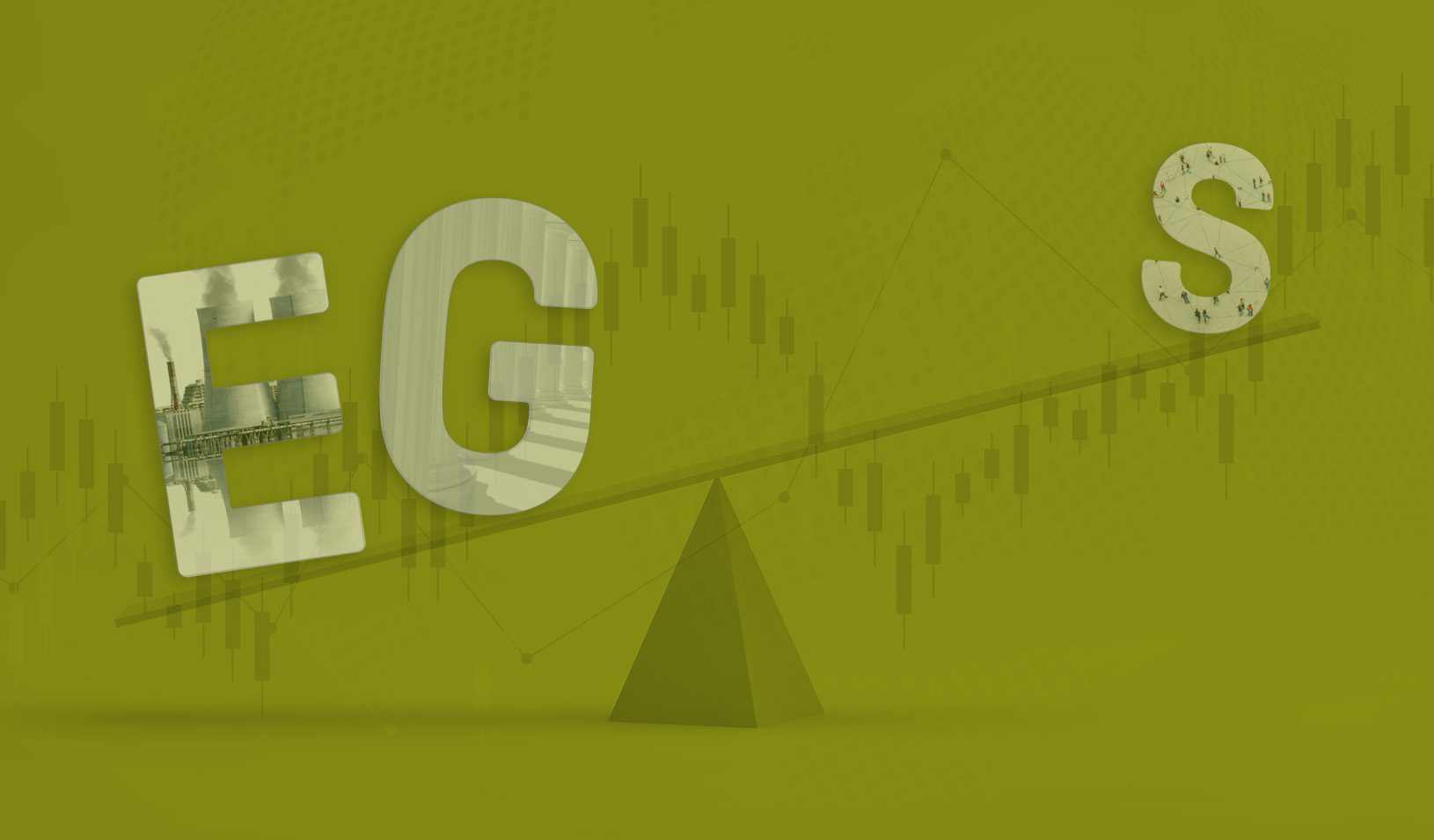Class Takeaways — Analysis and Measurement of Impact
Five lessons in five minutes: lecturer Jaclyn Foroughi shares how to make an impact through investing.
April 06, 2023
How do investors leave a mark on the world that goes beyond profitability? According to Jaclyn Foroughi, impact investing is an approach that allows conscious investors to address some of the biggest issues affecting the planet and humanity.
In her course, Analysis and Measurement of Impact, Foroughi breaks down the criteria impact investors use to choose opportunities and measure their impact. This quick video outlines five key takeaways from the class.
Full Transcript
Jaclyn Foroughi: Hi, my name is Jaclyn Foroughi and I’m a lecturer in accounting at the Stanford Graduate School of Business. I’d love to share some key takeaways from the class I teach, Analysis and Measurement of Impact, which is part of the Action Learning Program.
So what is impact investing? It refers to investments made according to three criteria; intentional social or environmental benefit, positive financial returns, and an effort to measure impact.
ESG is a framework for helping stakeholders understand how an organization manages risks and opportunities around sustainability issues. So, ESG tends to be based on backward looking measures, resulting from the normal course of business, or activity that is already occurred.
Impact investing, on the other hand, is forward-looking. It’s a strategy used to define the types of investment an investor is targeting, against goals it seeks to achieve. Because investors opt into impact funds knowing the investment manager’s intentions before investing, it is subject to far less fiduciary scrutiny than ESG.
Intentionality, or a deliberate desire to contribute to measurable social or environmental change, is a core characteristic of impact investing and it’s what differentiates it from other investing approaches. Developing a thoughtful and well-defined investment and impact thesis, goes a long way toward communicating your intended impact.
The heart of impact investing seeks to address some of the biggest issues affecting the planet and humanity. Impact market participants understand the urgency of addressing these issues, and they’re well beyond the point of discussing the reasons for action. They’re about taking action, whether from a financial, political, or business standpoint.
In addition, the industry is critical of efforts to sell the story for impact washing purposes. Because of this, authenticity is a core value in the impact space, meaning that what you say, and what you do, are in alignment. Those who do not adhere to these characteristics are likely to get called out in a space that is highly collaborative and unapologetically bold.
Over the last decade, efforts to coalesce around a consistent set of impact measurement and monitoring frameworks, has increased greatly. However, the field continues to evolve and there exists no consensus on the best way to measure impact. Instead, different organizations may take drastically different approaches depending on their position along the impact spectrum or the asset being measured and qualitative results can be just as important as quantitative metrics.
For example, a multi-billion dollar climate fund may take a highly quantitative, evidence-based approach to measuring impact. And a smaller fund focused on addressing the needs of marginalized communities, may prefer a low cost and highly insightful approach through qualitative surveys of individuals directly impacted by their investments. There’s no one-size-fits-all or copy and paste approach to measuring impact. Instead, it’s as much of an art as it is a science. Impact measurement can be messy, but measuring something is better than nothing, and it’s important to regularly analyze your impact measurement process for patterns or formulas that can lead to bias or blind spots.
One of the defining characteristics of impact investing is a positive financial return, and importantly, this is what distinguishes it from philanthropy. Still, the impact spectrum varies greatly with many pathways to impact. A below market rate investment, for example, may appear to sacrifice returns for impact relative to a market rate or above market rate investment. But co-linearity of returns and impact is the goal of all impact investors. In other words, impact investing need not be concessionary, if the focuses on maximizing both returns and impact in an interconnected and mutually reinforcing way. This can be accomplished with a rigorous approach to impact investment analysis and measurement.
Unlike traditional investing, impact due diligence goes beyond the point of investment. Impact investors continue to monitor and measure key impact metrics, to the point-of-exit and often beyond. The goal is to responsibly exit investments with impact aligned buyers and to consider the effect of the sale on the sustainability of the impact achieved.
As my colleague Ilya Strebulaev pointed out in his five takeaways, “Due diligence is hard work.” Impact investing, which includes the same due diligence as traditional investing, adds on a layer of impact measurement. This makes it even harder work, but potentially even more rewarding.
How do I balance ultra running, and teaching, and five kids? I actually don’t. They actually all blend together and you will often find me wearing flip-flops in the classroom after a hundred-mile race. Or, you will find me wearing my running gear during a professional investment meeting. It all just sort of blends together and it’s one big crazy mess.
For media inquiries, visit the Newsroom.
Explore More

Big Investors Say They Use ESG to Reduce Risk (But Mostly Focus on the E and G)

The Promise and Pitfalls of Investing for Change



